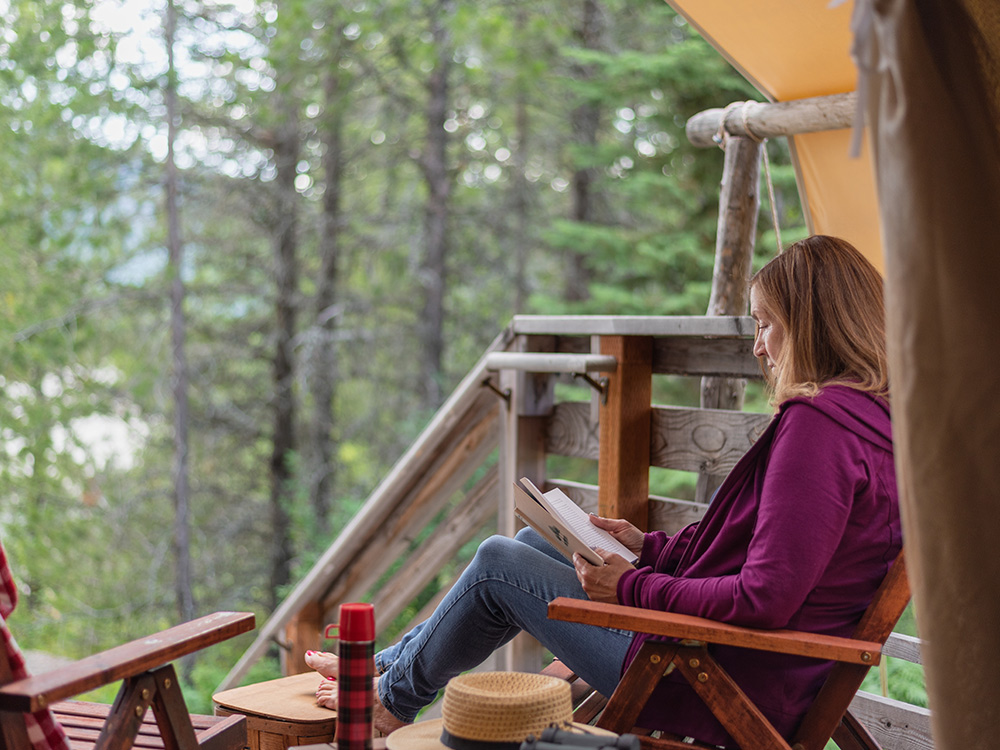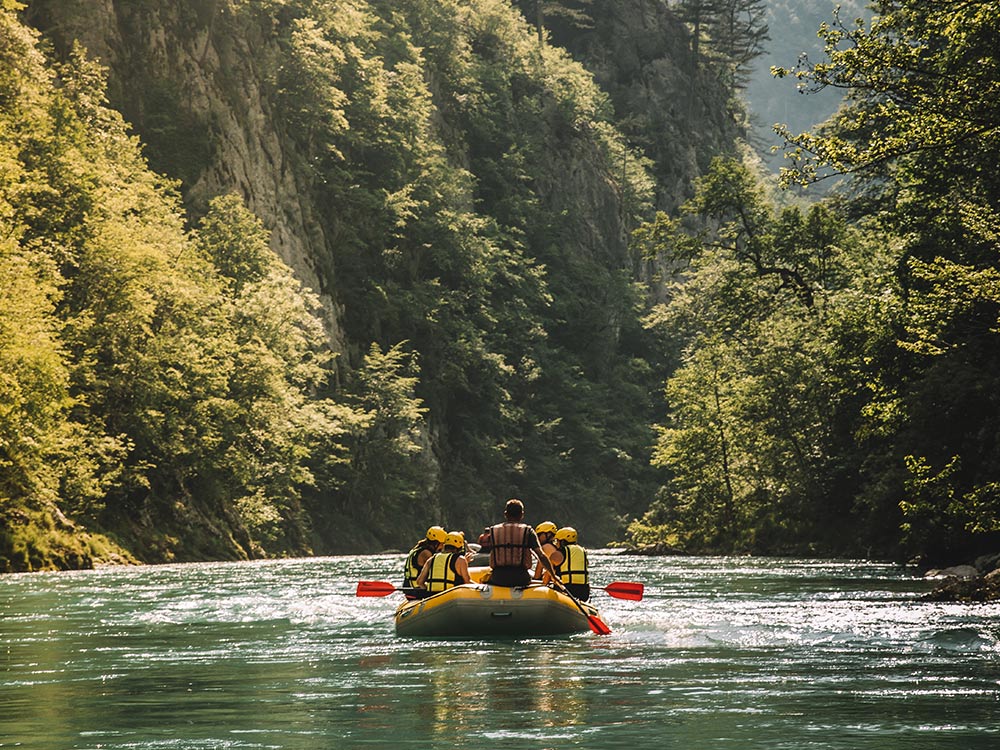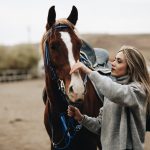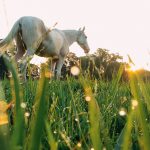Safety Gear
Safety should be your top priority when picking out what to wear for horseback riding.
Safety gear is a must! Common items are a helmet, boots, gloves, and possibly chaps. It's vital to comprehend the importance of wearing the right safety gear while riding a horse.
Here are some
do's and don'ts of safety gear for horseback riding:
Helmet
When riding a horse, you must wear a helmet that fits properly and is certified. Horseback riding can be dangerous, and the correct equipment can help protect you from injury.
The helmet should be
ASTM/SEI certified and fit the rider snuggly. It should not slip back more than
two fingers width from the inside of your brows, nor be too tight to cause discomfort. Make sure to include
chin straps and cover your ears when buckling. Also,
tuck all hair into the helmet, as is required by law in many states or provinces.
In addition,
combination helmets are available. They look like skiiers, cyclists, or hockey players' helmets, but contain features that make them suitable for horseback riding. Examples include vents designed for airflow while mounted on a horse, and safety ratings suitable for equestrian use. When fitting a combination helmet, make sure it's
snug, secure, and ventilated.
Safety Vest
Safety vests are a vital piece of protective clothing for horseback riding. Wearing a helmet is essential, but vests provide extra protection. They are designed to reduce the risk of injury due to a fall.
It's important to select a vest that fits and is suitable for your type of riding. You can get
lightweight or ultra-light ones, or heavier options for those who do more strenuous riding. All vests that meet ASTM standards have two layers: an inner and an outer. The outer layer is made of
Ballistic Nylon or 600 Denier Cordura material. This offers abrasion resistance. The inner layer contains foam panels to cushion impact and spread out force quickly.
For comfort, many vests come with adjustable straps and buckles. This makes them comfortable for long rides.
Safety Stirrups
When riding a horse, wearing the right helmet and clothing is essential. Safety stoppers, when attached to stirrups, are also critical to avoid potential risks. They consist of two bars and elastic bands that collapse when the rider is thrown off the horse, trapping their foot in the stirrup.
New stirrups with stoppers are often cheaper than adding them on later.
Practicing deploying the stoppers from time to time is important. Adjust as needed if they start slipping or wiggling.
Remember, using correct safety habits while riding can help minimize risks, like being dragged if you fall off your horse!
Clothing
When it comes to horseback riding, the right clothing matters. Choose something that keeps you
warm or cool, depending on the weather. Also, select clothing that won't stop you from moving.
Do not choose clothing that will distract your horse.
Here are some
do's and don'ts for choosing clothing for horseback riding:
- Do choose clothing that is comfortable and allows you to move freely.
- Do choose clothing that is appropriate for the weather.
- Do choose clothing that is breathable and lightweight.
- Do not choose clothing that is too tight or restrictive.
- Do not choose clothing with loud colors or patterns.
- Do not choose clothing that is too loose or baggy.
Riding Breeches
Riding breeches are a must for equestrians. They should fit snugly and stretch with you. This gives you protection and comfort on long rides.
Think about
climate and terrain when selecting a pair. Features like pockets or reinforced patches may be needed.
Full seat breeches can give extra security, especially on tough terrain or for jumping. Or,
standard jodhpurs can do the job without the grip. It depends on your riding style and how often.
Match your shirt with a style that is comfy and keeps you secure in the saddle.
Leather half chaps can protect if needed; but it affects flexibility and looks less professional. Wear
lightweight undergarments - like
compression shorts - under your breeches. This prevents elastic constriction, and absorbs sweat and moisture. It's good for long rides and cold temperatures.
Boot
Choosing the right boot for horseback riding is important. The wrong shoe can cause discomfort and affect your riding skills.
When getting a lifestyle boot, get one with a
flat sole and no lugs. These have more grip and won't hurt the horse's skin. Leather boots should have a slight curve to fit the ankle. Lacing should be tight but not restrict circulation. The heel shouldn't exceed
2 inches and must be flat.
For those who use
paddock boots or jodhpur, make sure they fit and are waterproof. These slip-on style boots give the rider better control. Choose
breathable material and plenty of arch support to avoid blisters.
Caring for your footwear will help your comfort and performance:
- Clean with mild soap, remove sweat and dirt.
- Oil/condition them and air them every other week.
Gloves
Gloves are essential for horseback riding. They give you control over the reins and protection.
Leather and
synthetic fabric gloves are two popular choices. Leather gloves have a better grip and last longer, while synthetics are more comfortable and breathable.
When choosing gloves,
fit is key. They should be snug without being too tight. Wrist straps help keep them in place. If a gauntlet style isn't needed,
fingerless gloves are an option. Make sure they have cushioning to reduce fatigue and absorb impact in case of a fall.
Shirt
When choosing a shirt for horseback riding,
comfort and safety are key. Select a breathable material like
cotton for warmer climates or summer months. Cotton is lightweight and offers
protection from UV rays and sunburns.
A
cotton blend, such as
Merino wool or bamboo, can provide added sun protection. The fit of the shirt is important too. It should be roomy for arm motion control and not choke when turning your head.
Long sleeves are ideal for protection from scrapes, bug bites and sunburns.
Look for shirts with
extra pockets or straps for storing small items. The fit should be comfortable, whether riding inside or outside.
Comfort is top priority!
Accessories
Horseback riders know protection is key. But, some may not know about accessories that improve performance and safety. Such as:
riding boots, helmets and safety stirrups. An investment for both beginners and experienced riders. The right choice of accessories can make riding comfy and secure.
Here's a review of must-have
horseback riding accessories:
Spurs
Spurs are a common riding accessory. They come in many shapes and sizes for different riders and horses. The center of the spur should
lightly touch the horse's side, not dig into it. Avoid direct contact with the horse's skin.
Plain spurs have one branch of metal looped around the heel. This provides a gentle reminder to the horse. Roweled spurs have an edge or wheel at the tip. This gives more direction and speed control. Experienced riders should use caution, as
misusing them can cause discomfort.
Spurs are usually
stainless steel. Some might be brass or aluminum alloy, depending on preference. Both are easy to clean. Brass needs extra polishing, as it is more likely to rust than stainless steel.
Riding Whip
Riding whips are key for your riding outfit. To ensure safety for you and your horse, select one that's lightweight and comfy to hold. Its length should match the size of your horse. It shouldn't go beyond the horse's shoulder.
Whips are great for
communication between the horse and rider. Light taps from a whip can cue the horse without physical contact. Whips can also be used on immobile horses during obstacles or tight turns, and to fend off wild animals.
Never hit or strike your horse!
When using a whip, remember:
- Communication is the goal, not punishment or aggression.
- Keep the whip light in hand.
- Use short taps instead of powerful slaps or “whips”.
- Don't use much force and don't carry more than one whip.
- Find what works best with you and your horse. This way, you can stay safe while in the saddle.
Saddle Bag
Saddle bags are great for cyclists on the go. Different sizes, materials and styles are available. These bags give lots of space to store repair kits, snacks, water bottles and keys.
Two popular types are
wedge–shaped and
handlebar bags.
Wedge–shaped bags fit nicely around a seat post with extra storage beneath the top tube.
Handlebar bags are wider and have more pockets to easily access items. Both types can be strapped or clipped for stability.
When selecting a saddle bag, consider:
- Ventilation or waterproofing for wet rides.
- Reinforced doors, reflective elements and specialized pockets are great for cycle touring trips.
Do's and Don'ts
Heading out for a horseback ride? Be sure to dress for safety and comfort. Check the weather too. Is it snowing? Raining? Hot? Knowing what to wear can make the ride safer and more fun. Here are some
do's and don'ts for horseback riding apparel:
- Do wear long pants, a long-sleeved shirt, and a hat.
- Do wear boots with a heel to keep your foot from sliding through the stirrup.
- Do wear a helmet when riding.
- Don't wear loose clothing that can get caught in the saddle or reins.
- Don't wear sandals or any open-toed shoes.
- Don't wear jewelry that can get caught in the horse's mane.
Do wear clothes that fit properly
When selecting the right clothes for horseback riding, always make sure they fit! Clothes that are too baggy can get caught on saddles and other gear. Ill-fitting garments can also restrict movement and make it difficult to control the horse.
Opt for
comfortable and durable attire that suits the weather. Darker colors like
navy blue or khaki are best. Fabrics like
denim or twill prevent soiling. A tucked-in shirt will help you maintain balance in the saddle. You can add elbow patches for extra reinforcement on garments that may experience wear and tear.
For your feet, wear boots with a
low heel (1 inch or lower). Breathable materials like
cotton and linen are ideal for warm weather as they are light and keep skin dry. When shopping, check labels for
high quality construction so your investment will last.
Don't wear loose clothing
When you're horseback riding, it's essential to wear the right clothes.
Baggy or overly-loose clothes can cause you to get tangled and be thrown off the horse. So, opt for
form-fitting clothing to stay balanced in the saddle.
- Good materials are cotton/polyester blends and denim. They resist friction better than silk or light linens.
- Also, check for built-in protection such as knee pads or elbow guards. That way, you'll be safe if you fall or get scraped.
Do wear comfortable shoes
Footwear is key for horseback riding. Choose shoes that are comfy and give good support.
No open-toed shoes or scarves. They can get stuck in the gear and hurt you or the horse.
Boots with a heel help you stay in the stirrups for long rides. Breathable materials, like
cotton, keep you dry and still let you move easy on the saddle.
Don't wear jewelry or accessories that can get caught in the horse's mane or tack
When doing
equine activities, it's important to wear the right attire.
Horseback riding can be dangerous if you don't dress correctly. There are restrictions on what to wear.
Jewelry, baseball caps, and long scarves must stay at home. They can get caught on the horse and become a hazard.
Pants need to fit properly, so wear
boots with elastic gaiter-style. This allows for more movement. To protect from uneven ground,
long sleeves are better than shorts. Wear eyewear such as sunglasses or safety glasses with straps to keep them in place while
riding fast.
Frequently Asked Questions
, and Musts
Q1: What clothing should I wear for horseback riding?
A1: When it comes to horseback riding, it's important to wear clothing that fits comfortably and won't inhibit your movement. For men and women, jeans or jodhpurs and a long-sleeved shirt are a good choice. Additionally, it's essential to wear a riding helmet, a pair of riding boots, and some gloves.
Q2: Is it safe to wear jewelry while riding?
A2: It is not recommended to wear jewelry while riding, as it can get caught on the saddle or reins and cause an accident.
Q3: Is it okay to wear sandals while riding?
A3: Sandals are not an appropriate choice of footwear for horseback riding, as they do not provide adequate protection or support for your feet. It is best to wear a pair of riding boots that fit snugly and have a low heel.

